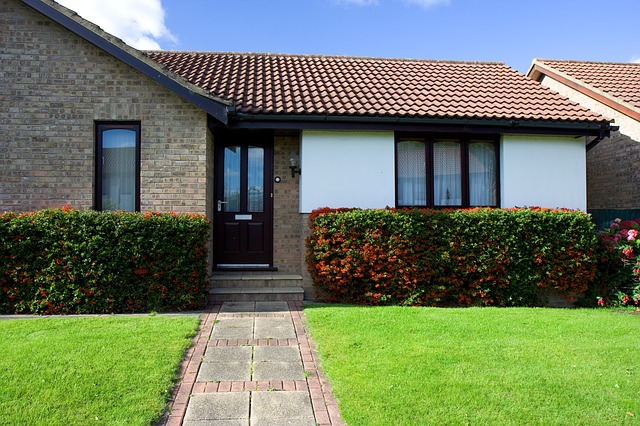Bungalow
‘Bungalow’ is an Anglo-derived term used to describe a style of house that originated in India and Bengal. Bungalows are characterised by their single-storey height, and were first identified by British sailors of the East India Company in the late-17th century.
However, the term refers to different specific types of building depending on the country. Ironically, in India, a bungalow is a general term that refers to any single-family building, regardless of the number of storeys. In Canada and the UK, a bungalow is typically a one-storey building. In Australia and the United States, bungalows are usually built with a half-second storey and a sloping roof.
Climatic factors were key to the development of bungalows, as traditional cottages were unsuited to the tropical climates of Southeast Asia. The thick walls used for cottages would trap hot and humid air inside, and they were liable to flood during the monsoon season as they were built directly on the ground.
The original bungalows were developed to try and alleviate these problems. Raising the house above the ground by a metre or more would prevent most flooding. Wide hallways and large windows spread over one level helped distribute air throughout the building.
The building plan of a bungalow tends to have smaller and fewer rooms that extend from a larger living room. They can allow more privacy than traditional buildings, as being lower to the ground enables trees, fences and other vegetation to block windows more easily.
Bungalows tend to be small and so are easily maintained and relatively cheap to heat and cool. As a result, they are often promoted as being suitable housing for the disabled or elderly, who may also benefit from their single storey layout.
However, as they are single storey, they occupy more area than multi-storey buildings, and can have a higher cost per square metre.
NB the English Housing Survey Housing Stock Report, 2014-15, prepared by the Department of Communities and Local Government, defines a bungalow as: /A house with all of the habitable accommodation on one floor. This excludes chalet bungalows and bungalows with habitable loft conversions, which are treated as houses.'
[edit] Related articles on Designing Buildings
- Apartment.
- Bungalow shops.
- Condominium.
- Detached house.
- Duplex.
- Double fronted house.
- Dwelling.
- Flat definition.
- Household.
- Indian construction industry.
- Maisonette.
- Prefab bungalows.
- Residential definition.
- Room for residential purposes.
- Shingle style architecture.
- Terraced house.
- Types of building.
- Types of dwelling.
- Use of railway carriages as holiday homes and permanent housing.
Featured articles and news
Homes England supports Greencore Homes
42 new build affordable sustainable homes in Oxfordshire.
Zero carbon social housing: unlocking brownfield potential
Seven ZEDpod strategies for brownfield housing success.
CIOB report; a blueprint for SDGs and the built environment
Pairing the Sustainable Development Goals with projects.
Types, tests, standards and fires relating to external cladding
Brief descriptions with an extensive list of fires for review.
Latest Build UK Building Safety Regime explainer published
Key elements in one short, now updated document.
UKGBC launch the UK Climate Resilience Roadmap
First guidance of its kind on direct climate impacts for the built environment and how it can adapt.
CLC Health, Safety and Wellbeing Strategy 2025
Launched by the Minister for Industry to look at fatalities on site, improving mental health and other issues.
One of the most impressive Victorian architects. Book review.
Common Assessment Standard now with building safety
New CAS update now includes mandatory building safety questions.
RTPI leader to become new CIOB Chief Executive Officer
Dr Victoria Hills MRTPI, FICE to take over after Caroline Gumble’s departure.
Social and affordable housing, a long term plan for delivery
The “Delivering a Decade of Renewal for Social and Affordable Housing” strategy sets out future path.
A change to adoptive architecture
Effects of global weather warming on architectural detailing, material choice and human interaction.
The proposed publicly owned and backed subsidiary of Homes England, to facilitate new homes.
How big is the problem and what can we do to mitigate the effects?
Overheating guidance and tools for building designers
A number of cool guides to help with the heat.
The UK's Modern Industrial Strategy: A 10 year plan
Previous consultation criticism, current key elements and general support with some persisting reservations.
Building Safety Regulator reforms
New roles, new staff and a new fast track service pave the way for a single construction regulator.























